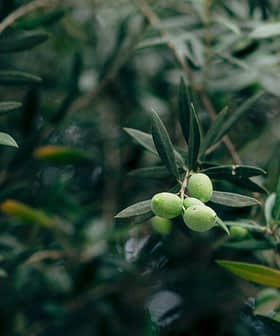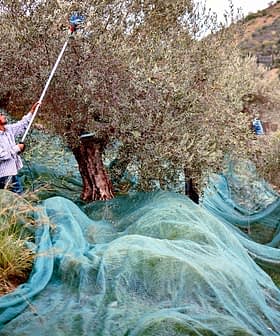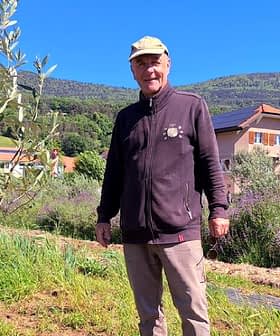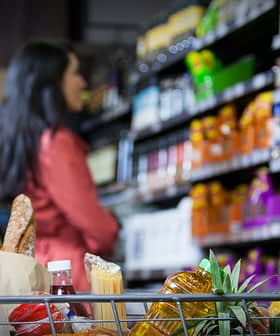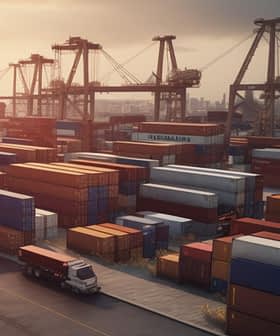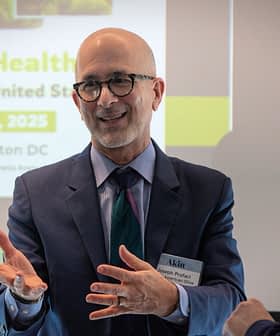As Citrus Struggles, Some Olive Growers Take Root in Florida
Olives are not new to the Sunshine State, but their economic viability is coming into the spotlight as citrus struggles.
Keith Keogh plans to grow olives on a 35-acre island in Groveland, Florida, replacing citrus trees that have been ravaged by citrus greening. The endeavor is part of an effort to explore the potential for olive cultivation in Florida, where researchers are experimenting with different olive varietals and cultivation methods to determine economic viability. While challenges remain, such as the lack of cold temperatures necessary for olive trees to produce fruit, farmers like Keogh are optimistic about the potential for olives to become a sustainable crop in the state.
On a small, 35-acre island in Groveland, Florida, Keith Keogh plans to grow olives where citrus trees once dominated the landscape.
We can’t support a state full fo asphalt and concrete, we need to preserve some of these beautiful sugar sand hills that are out here.
“We’ll start by growing table olives at first,” Keogh, a former corporate chef at Disney and Red Lobster, told Olive Oil Times. “Then you’ll have ones that aren’t of the quality and appearance of table olives that will go to olive oil and we’ll do a singles press on those olives.”
Depending on the quality of those olives, the olive oil will then either be put into jars or go towards use in cosmetics. “We don’t want to put our stamp on anything that isn’t of very high quality,” Keogh said.
Growing olives in Florida is not new. The Spanish first introduced olive trees to the state in the 1700s and, according to the Florida Farm Bureau, there are now more than 400 acres of olive trees in the Sunshine State, ranging from commercial growers with more than 20 acres to backyard hobbyists.
Keogh’s endeavor serves as a model to find out how olive trees might play out in Florida’s agricultural future. Before he can plant his olive trees on Hunt Island, Keogh is clearing out the old and dying citrus trees, many of which have been ravaged by a disease known as citrus greening.
Citrus greening is an insect-borne disease that has been disrupting the industry in Florida since it emerged in the mid-2000s.
According to the United States Department of Agriculture, citrus production has declined by more than 75 percent in Florida over the past two decades; a stark decrease for the state that is almost synonymous with orange juice.
“There’s a need to have another crop,” Keogh said. “When you really look at North Africa and other parts of the Mediterranean where olives are grown, it is a sandy and high lyme type of soil and the island’s soil kind of reminds me of that.”
Keogh is not alone in believing that olives have the potential to grow well in Florida. Several researchers within the University of Florida system have spent the last half-decade looking into this question and experimenting as well.
“Thus far, olives have been relatively pest free, and appear to be a sustainable crop for this region,” Peter Andersen, from the University of Florida, North Florida Research and Education Center, said.
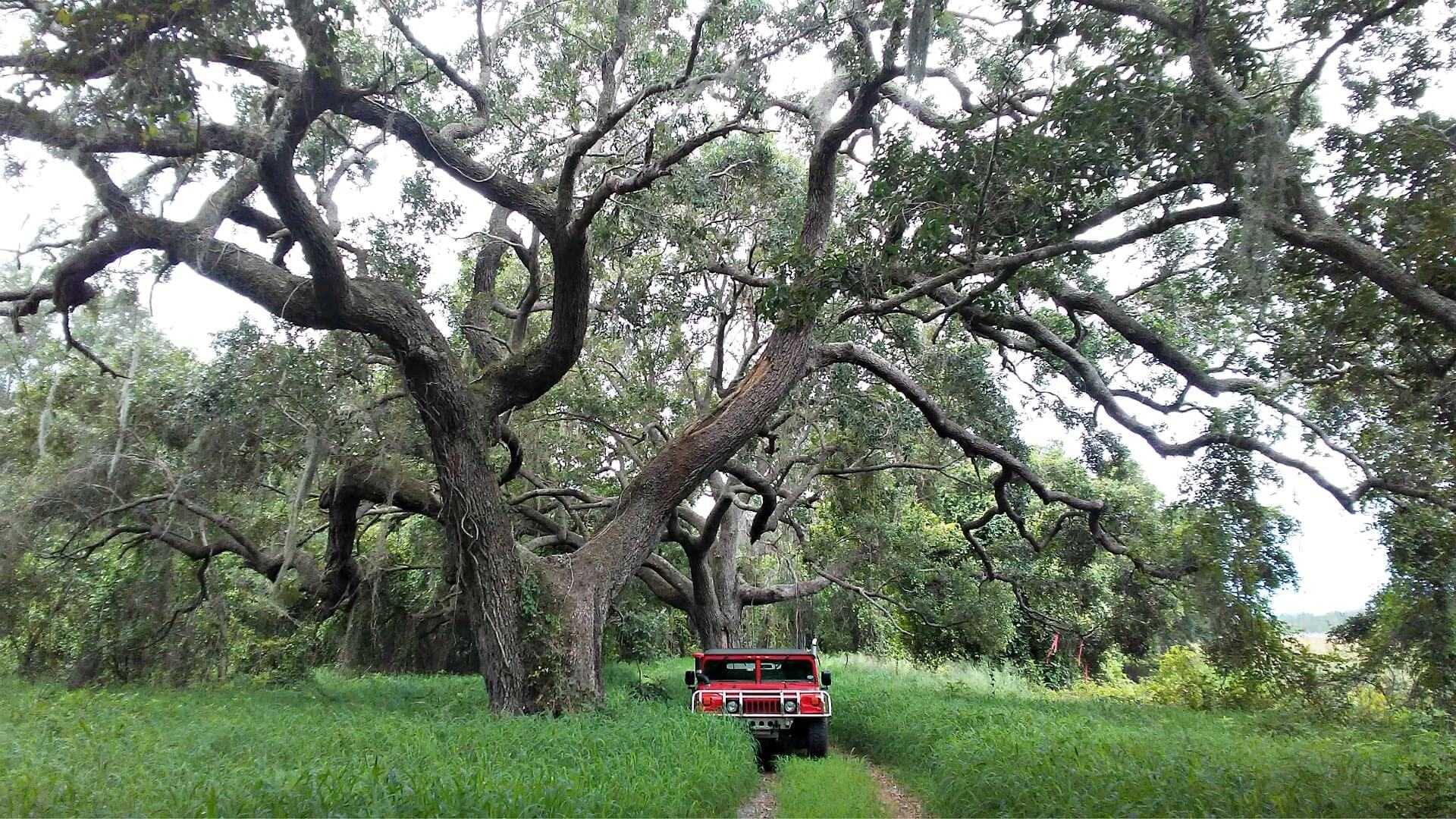
Keogh’s property on Hunt Island
In 2006, the university planted five different types of olive varietals: Arbequina, Arbosana, Koroneiki, Manzanillo and Mission.
“A very small crop was noted for Arbequina and Koreneiki during 2015,” Andersen said. “The first substantial yield occurred for Arbequina during 2016, with 38 percent of a full crop. Koroneiki and Arbosana had a very small crop, with 12 percent and three percent of a full crop, respectively, and Manzanillo and Mission produced no crop.”
Similar research conducted at the University of Florida at Gainesville largely supported Andersen’s findings. A 2015 report described Florida’s sandy soils as a suitable location for growing olive trees.

Keith Keogh
“Olives may be established in many areas of Florida in well-drained soils,” the report said.
On his sandy-soiled island, Keogh plans on growing mostly Arbequina olives. He will also experiment with Manzanilla and Mission but in much smaller quantities.
Florida is not the ideal climate for growing olives. The temperature rarely gets cold enough for long enough to allow the trees to become dormant, which then allows them to produce fruit. However, Keogh said for problems such this one, olive growers will have to be innovative.
“It’s a matter of just figuring out what it takes to get the best quality,” he said. “They will not be a copy or imitation of what’s already there because this is a different place and a different climate, a different soil makeup. ”
To support his argument, he points to the fledgling Florida wine industry, which has come up with their own innovative way to get their vines to become dormant.
“When you look at some of these wineries that are growing great grapes, they have to have the 60 to 80 day freezing period to become dormant and you don’t get that in Florida,” he said. “They come up with different ways, such as injecting liquid CO2 into the ground and creating dormancy that way, which makes sure those great grapes come out.”
However, getting the olives to grow is just half of the battle. Making them economically viable for both the farmers and the state will prove to be much more challenging. Nowhere is this better illustrated than on the Florida Department of Agriculture’s website, which is dominated by citrus.
Painstakingly detailed reports each year show how many oranges, grapefruits and tangerines are being grown, harvested and sold. There are even tables showing exact quantities of exports to more than a dozen different countries from at least five Floridian ports over the past decade.
The website does not contain nor does it link to any statistics about olive growing or production.

Aerial view of Hunt Island
“Right now we are still in the research stage in Florida,” Michael Garcia, president of the Florida Olive Council, told the Orlando Sentinel. “You can grow olives here, just not enough yet to be a big industry.”
Garcia did not respond to several requests for comment on this article but told the industry trade publication, My Farm Life, that the Florida Olive Council is experimenting both with traditional cultivation methods as well as super-intensive farming. He said that preliminary results are so far promising, but it will take more time to see which method will work best going forward.
“We can make olive oil,” Garcia said. “It’s just a question of understanding whether it’s going to be small farms with high-quality olives or large-density.”
Olive oil producers in south and central Florida usually produce about a few hundred gallons of oil each year, which is mostly sold directly to consumers. Garcia told the Palm Beach Post that the state’s producers would have to wait and see how quickly this modest total could grow into something larger.
“We have to see if it works,” he said. “We do not know year-over-year if you can get olives to bloom and set fruit in sufficient quantities to be able to make money on it. If you make olive oil, you can sell it, there’s no problem. The question is, can you make enough to make a profit at it?”
Keogh echoes this concern. He said that many farmers in Lake County have given up on farming and sold their land for development. An alternative that they did not necessarily like, but saw as most economically viable.
“The economic viability is, of course, another questions,” he said. “A lot of these orange grove owners have lost a lot of their groves to disease and are finding that maybe selling the land for housing or apartments is more economic for them.”
“But I tell you,” he added. “We can’t support a state full fo asphalt and concrete, we need to preserve some of these beautiful sugar sand hills that are out here.”
Richard Williams runs Florida Olive Systems, which provides cuttings for and advises numerous olive growers around the state, including Keogh. Williams said that olive growers and trade groups should apply some of the innovation they use for growing olives into finding new products for which to use olives.
“Florida’s unique geographical growing conditions and its impact on the trees’ overall phenolic compound production is validating my initial hypothesis,” he told Olive Oil Times.
“That being, we may ultimately not be able to produce the necessary poundage of fruit per acre to be a viable commercial commodity extra virgin olive oil location, but from a potential medicinal aspect and what ultimately can be extracted from various parts of the tree, we might be a very strong growing location.”


